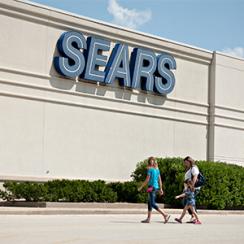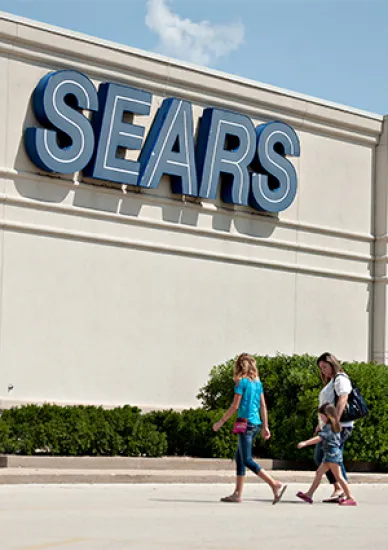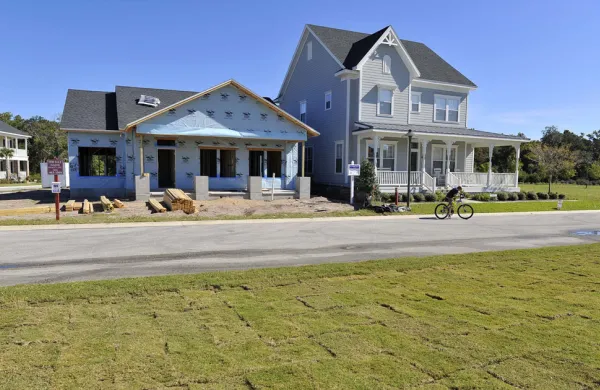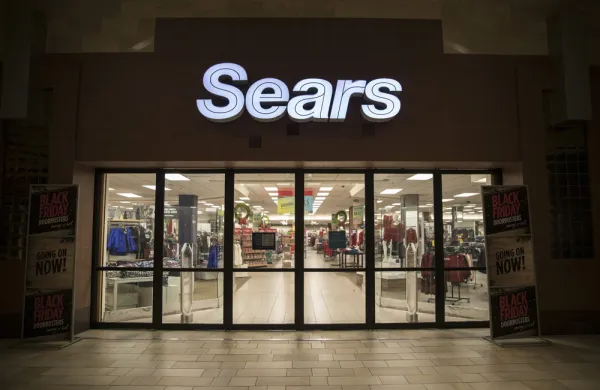
| |
| Shoppers walk toward a Sears store in Peoria, Illinois, U.S., on Aug. 16, 2013 (Photo credit: Daniel Acker/Bloomberg). |
Shares of the once-gilded but now crumbling retailer surged about 10 percent on Monday and are now up about 17 percent in the three days since the company warned in a regulatory filing there was “substantial doubt” that it could continue operating.
In fact, after Monday’s inexplicable surge, Sears’ stock is slightly in the black for the year.
However, don’t be misled. Three days of trading don’t change the fact that Sears is the investment that has dragged down Edward Lampert and his hedge fund firm, ESL Investments. The stock is now off about 80 percent since mid-2015. Of course there are always bottom-fishers when there is the smell of death. And according to published reports, Bruce Berkowitz’s Fairholme Capital Management, which is actually the largest single investor in the stock, added to its position in recent days.
Lampert is still the largest investor if you combine the holdings of ESL — which files as RBS Partners — with the shares he personally owns.
And Sears will always be the obsession that defined Lampert’s legacy and caused him to lose his clients. It is hard to imagine Lampert having any outside investors at this point. At year-end his U.S. stock portfolio was valued at only $653 million.
This is about one quarter of the portfolio’s value just three years earlier. Part of the reason is Lampert has pared his position in AutoNation by two thirds during that period. Yet remarkably, at year-end the nation’s largest auto retailer was Lampert’s largest investment, even though the reported stake in Sears remained relatively unchanged over the past three years.
However, now even AutoNation, which has been a big winner over the years for Lampert, is starting to sputter. Shares of AutoNation are down more than 13 percent this year. The stock has also lost about one third of its value from its all-time high hit in November 2015.
Meanwhile, the value of RBS’s stake in Sears is worth 85 percent less than it was valued at three years ago, even though its stake in the retailer is roughly the same. This is why the stock no longer accounts for half or more of the portfolio, as it did for many years.
Two other Sears spin-offs are also seem to be crumbling, although they are very small parts of Lampert’s portfolio.
Shares of Sears Hometown and Outlet Stores — the retailer of home appliances, lawn and garden equipment, tools, and hardware spun off by Sears Holdings in October 2012 — are down nearly 30 percent this year alone. They are also down more than 50 percent from their all-time high.
Seritage Growth Properties, a real estate investment trust (REIT) created in 2015 to monetize some of Sears’ real estate, is more or less flat for the year. But its stock is off nearly 25 percent from its high last April.
There is one bright spot in Lampert’s portfolio. Shares of Lands’ End, its third-largest long position (and which spun off from Sears in April 2014), is up 29 percent this year. However, they have still lost one third of their value since September 2015.







